Some readers may have been surprised why I got agitated ( Wiley and eMolecules: Unacceptable) from a spam letter from eMolecules – after all we get umpteen SPAM a day, we had probably swapped emails and had even talked about collaboration. Yes – I had offered eMolecules 250 000 MOPAC calculations as Open Data. [it stalled because I couldn’t trivially get them out of DSpace.] Now I am glad I didn’t because they would have probably ended up being resold.
This is an offer to Wiley (or eMolecules) to explain why they feel they are legally and morally allowed to copyright data and resell it. This blog is developing a tradition of offering publishers a chance to put their view in a highly public forum, so I would be grateful of a reply. (Wiley is the only large publisher who hasn’t responded to comments about them on this blog). I promise I will log your reply in toto and verbatim.
Wiley copyrights data. eMolecules helps sell this copyrighted data back to the community. How many of you spotted the copyright in the last post:
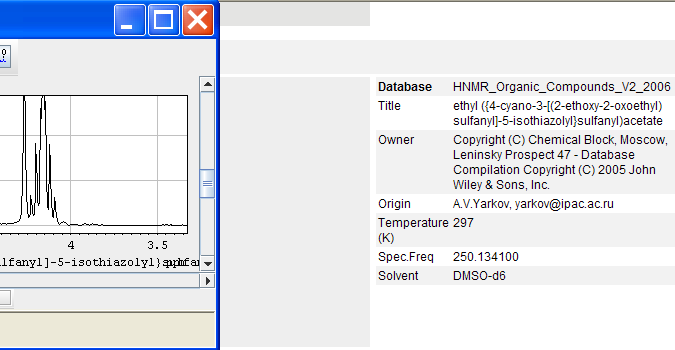
But You can’t do this, can you? Data are not copyrighttable. It’s not just the Database Compilation that is copyrighted, but the spectrum itself. Surely that’s not allowed?
Even large commercial publishers like Elsevier agree that data can’t be copyrighted. see my blog (THANK YOU ELSEVIER!).
But Wiley not only copyright data, they force authors to hand over the copyright of scientific data when they publish in individual scientific papers. Here’s an example: I suggest you read it yourself because if I reproduced completely I might get approached by Wiley’s lawyers, who have been known to threaten to sue for stealing 10 data points. And I have a lot more than 10 data points in this example.
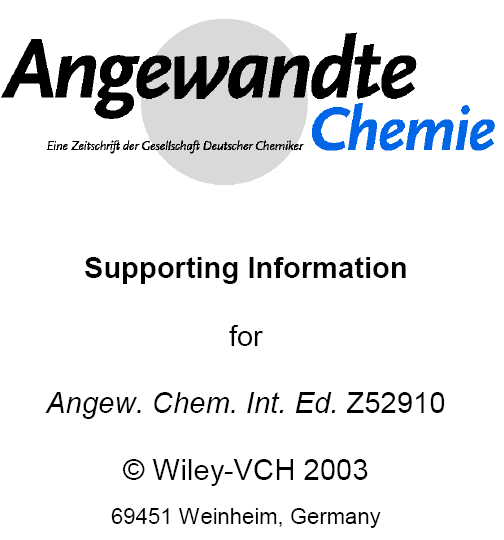
Let’s look at the contents of this supporting information; first a table
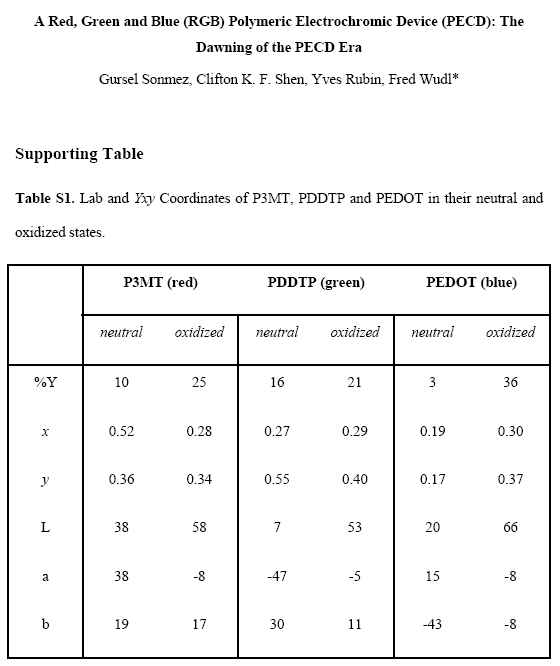
A table of data or a creative work protectable by copyright?
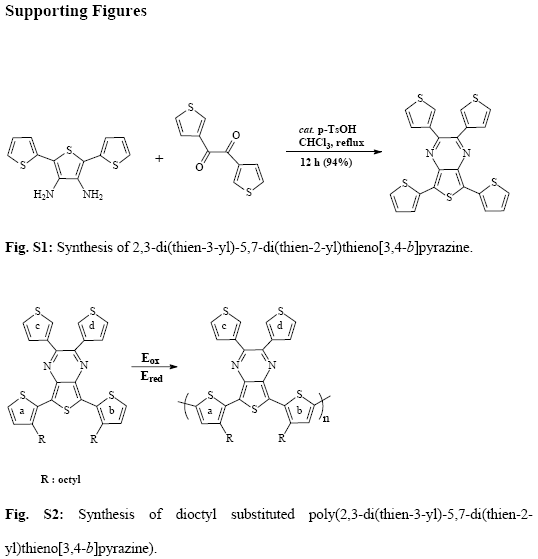
Figures – works of art? Therefore copyrightable? No. An essential means for communicating scientific data. The table wouldn’t make very much sense if we didn’t know what the molecules are.
and the spectrum:
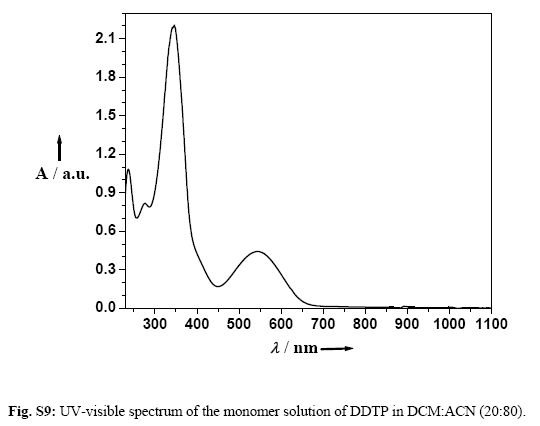
This was produced by a machine. A creative work? Well it’s got more than 10 data points, but they are still data.
(The irony is that if I retyped all the data and redrew all the spectra It would not be violating anything).
Note: Authors are REQUIRED to submit this data as prrof that they have done the experiement and done it correctly. They are also REQUIRED to give it to the publisher.
(To anticipate one response – I realise that not all entries in ChemGate come from Wiley journals – some are private contributions, and presumably some are abstracted from competitor journals. But I would be amazed if there were not entries corresponding to Wiley journals. Since ChemGate only allow me to look at 3 entries for free – what an insult – I cannot search for myself. And no, I do not want any more free access).
You might think I am being oversensitive – surely we could go ahead and use this data? Wel,, I talked to a senior executive of Wiley a year ago and asked him why they had the copyright symbol on the supplemental data – his reply was simple – so we can resell the data.
So my Open questions to Wiley and eMolecules (Klaus thanked me for the publicity so his answer will be highly visible):
- Why do you feel you are legally or morally allowed to copyright single data instances?
- Why do you require authors to hand over copyright of data to Wiley?
I will write more later on why this activity is so detrimental to modern science and why chemists and librarians so no longer accept it.
If you can give an answer which convinces the like
Peter,
I think you need to be a bit careful here. Copyright does serve a purpose, protecting the intellectual property of the creator. What I think we want to see are those rights protected when the authors both wishes to protect his/her rights and when creative work has been produced.
Now data cannot be copyrighted. However, the presentation of data can be copyrighted. So for example, the 3-d coordinates of a molecule are in the public domain. However, the image I create of this molecule – it’s orientation, projection, color scheme, labeling, etc. results from a creative act and is protected by copyright, as far as I know (And of course I am not a lawyer, these are just my opinions based on discussions with many publishers and people in the industry.) So, in that same vein, the drawing of a reaction scheme is also copyrightable, but not what are the reactants, products, catalysts, conditions. So, it is my belief that copyright law actually does protect the images in figures S1 and S2 above. For spectra, the absorbance at a frequency is data, as is a collection of absorptions across a frequency range. However, how you present that data is your creative act, and so can be protected by copyright. The fact that a machine creates that curve is really irrelevant. Someone had to select the scales, the width of the lines, the font (even if these were all default values – the person using the spectrometer made that choice!)
Is a photograph of a landscape copyrightable? The photographer did not create the earth, a machine captures that image. Nonetheless, I argue, as does US law, that this photoshotgraph is made by a creative process where a person had made decisions of how to frame the picture, what time of day to shoot, what lens to use, etc. The landscape is data, and nothing precludes another photographer from coming out and taking a picture of that same scene.
Collections of data have also been granted copyright protection, for better or worse we can argue. But current US law, and I believe also in the EU, protects collections that are not obvious. So for example, a directory of phone numbers of London residents is not protected. However curated spectral data, where choices have been made to check for accuracy, meta data added, etc. are protected. Without these protections, publishers, so they argue, would have little incentive to create new databases.
I was greatly disappointed when the supreme court extended the copyright duration to 70 years. There is great value in the public domain, and the decay of this resource is deplorable. At the same time, copyright does allow for the creator of new materials to be compensated for her work, and that is worth protecting too.
Steven Bachrach
Pingback: ChemSpider Blog » Blog Archive » ChemGate, eMolecules and Discussions About Copyright
Pingback: Unilever Centre for Molecular Informatics, Cambridge - petermr’s blog » Blog Archive » Chemspider and “Open Chemistry Web”